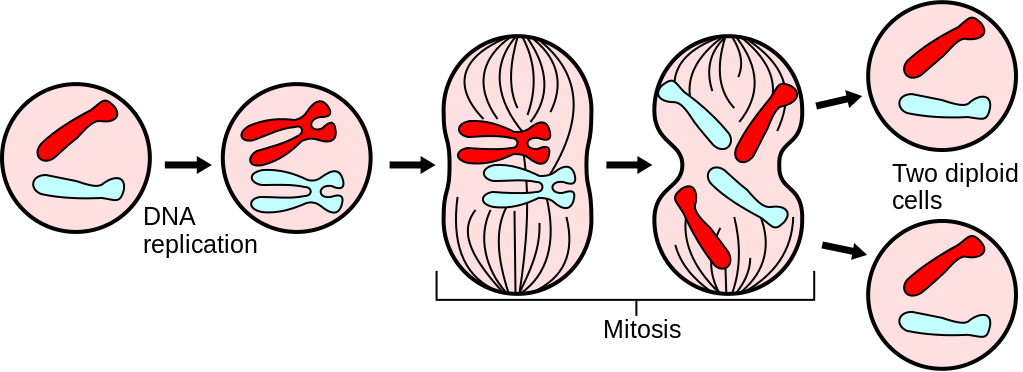What building techniques make the tower stronger?
Making a strong base can help the tower to be stronger and be balance. If the base is not still, than the tower can not stand straight and will fall down. Also, using the string as a support will also help the tower to be stronger. The materials to make the tower is spaghettis, and using more spaghettis to make one pillar.
Does the placing of the marshmallows affect the strength of the tower?
The placing of the marshmallow affect the strength of the tower because when the marshmallow is a little bit more right or left, than the tower will not balance and fall down.
Could you build a stronger tower with more of the same materials? What alternative materials would be better?
By using the same materials, I think we can make a stronger tower by effectively using the string. Using the string as a support, to help the part that is too light, and balance the tower. Our tower is very strong, it didn’t break into two pieces. The problem is that it is unbalanced. So using the string can help the tower.
Does the size of the base alter the strength of the tower?
The size of the base will change the strength because the stronger the base is, the taller and stronger the tower will be. Also, I think if the base is taller, it will be more balance.
How do you think you worked as a group? Did you assume different roles? Did all groups work in the same way?
In our group, everyone give ideas and help to build the tower. We separate the work into 4 parts, and everyone do their part, so we can build the tower faster.



